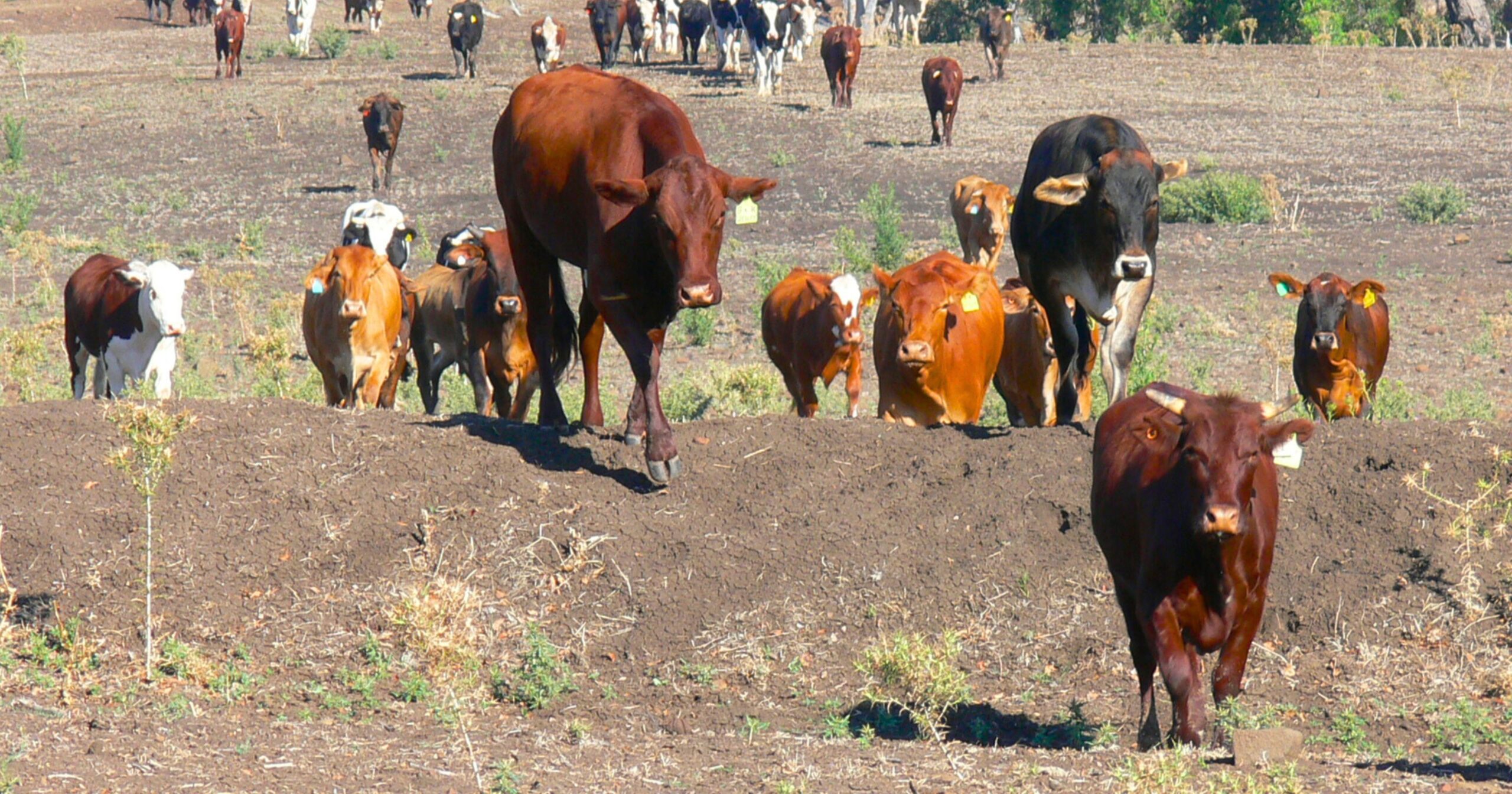Energy rebates, rent relief lead cost-of-living federal budget
ENERGY rebates for every household, a cap on the price of prescriptions and further relief for renters have led cost-of-living relief measures in the federal budget.
Treasurer Jim Chalmers’ third budget also contains tax cuts of $36 a week on average for all taxpayers, while eligibility for JobSeeker payments will be extended.
In announcing a second-straight budget surplus of $9.3 billion, the treasurer warned that while “fraught and fragile” economic conditions were ahead, Australia was prepared to meet the challenges head on.
“In our future, we must strive for more than muddling through or making do,” Dr Chalmers told federal Parliament tonight (Tuesday, May 14).
“This budget shows we are realistic about the pressures people face now, and optimistic about the future.”
Power bill relief will see every household get a $300 energy rebate from July, while eligible small businesses will get a $325 rebate.
As well, Commonwealth Rent Assistance will increase by 10 per cent for more than one million households, with the government spending $1.9 billion over the next five years.
On average, those on rent assistance will receive an extra $19 per fortnight.
The rent assistance rise is the first time there have been consecutive increases in the payment in 30 years.
It’s expected the combined measures of energy relief and rent assistance will shave half a percentage point off inflation, with consumer price growth set to fall into the Reserve Bank’s target band of two to three per cent by the end of calendar 2024.
The cost of medicines will also be frozen, with a cap of $31.60 set for prescriptions included in the Pharmaceutical Benefits Scheme.
Cost caps of $7.70 will also be in place for five years for pensioners and concession holders.
Further cost-of-living measures include the well-foreshadowed stage three tax cuts, with all taxpayers to keep more of their pay from July.
On average, taxpayers will save $1888 in the upcoming financial year, or $36 a week.
Meanwhile, the Albanese Government will extend eligibility for the higher rate of JobSeeker payments to those with a partial capacity to work up to 14 hours per week.
Almost one million people on income support will have social security deeming rates frozen for the next financial year.
Dr Chalmers said the cost of living measures would be split between broad-based relief and targeted programs.
The budget includes $6.2 billion in new housing measures, with $1.9 billion to go towards building 40,000 new social and affordable homes.
The government has also flagged it would work with universities to increase the supply of student housing to meet demand.
Universities will only be allowed to take more international students if they agree to build more housing, with government caps on foreign-born pupils to be imposed.
University students on placements as part of their degrees in teaching, nursing, midwifery and social work will get an extra $319.50 a week from July 2025, while $3 billion has been wiped from student debt under further tertiary education changes.
Indexation of HECS debt has changed to be based on inflation levels or the wage-price index, whichever is lower.
The government also wants to boost the country’s manufacturing capabilities under a $22.7 billion Future Made in Australia fund.
The fund will help to boost investment from the private sector to key areas in Australian industry.
Small businesses are also set to benefit from an extension of the $20,000 instant asset write-off, with four million companies to share in $290 million in cash flow support.
More than $800 million will also be spent on mental health support packages, headlined by a free digital support program for 155,000 people per year.
Australians will be able to get access to services for mental health help without a referral, under the package which will be up and running by January 2026.
Women fleeing from domestic and family violence will receive $5,000 in federal support as part of a $925 million program.
– WITH AAP



















